Harnessing Alfvén waves, scientists take a step closer to clean and abundant energy by learning how to tame runaway electrons in fusion reactors.
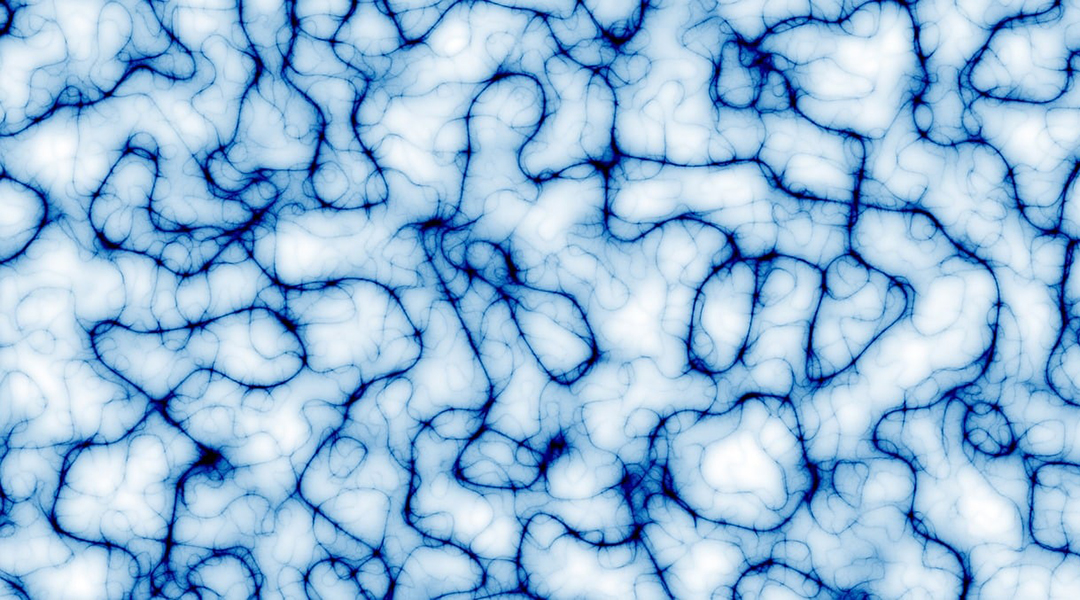

Harnessing Alfvén waves, scientists take a step closer to clean and abundant energy by learning how to tame runaway electrons in fusion reactors.

Exploring the interface between classical and quantum physics and where it breaks down to provide answers for some long-standing mysteries.
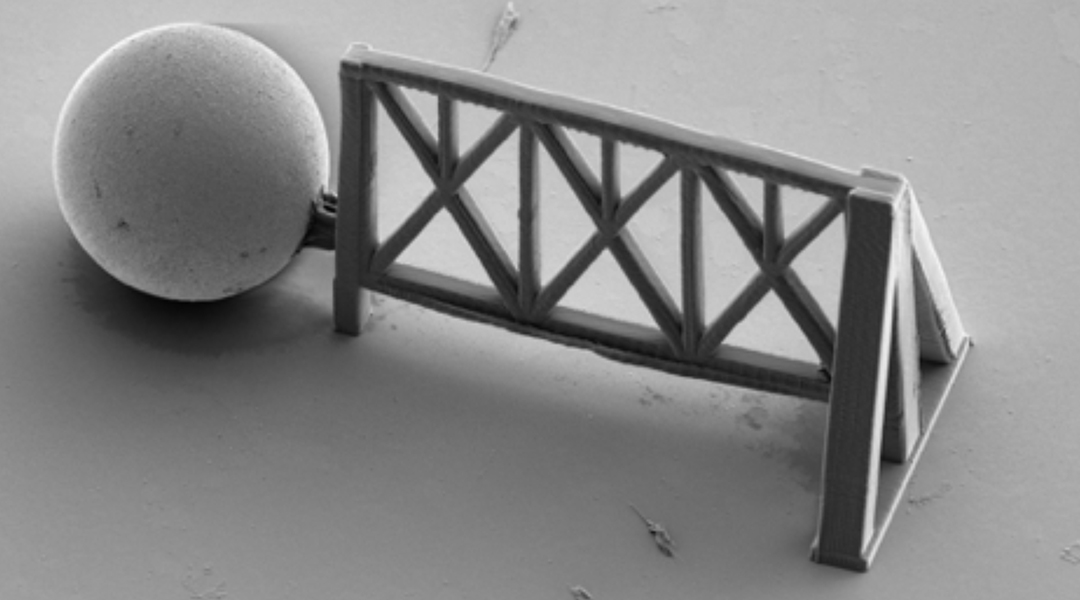
Scientists employ cutting-edge 3D printing to recreate human-like tissue, promising a breakthrough in cellular research and potential insights into aging and disease.
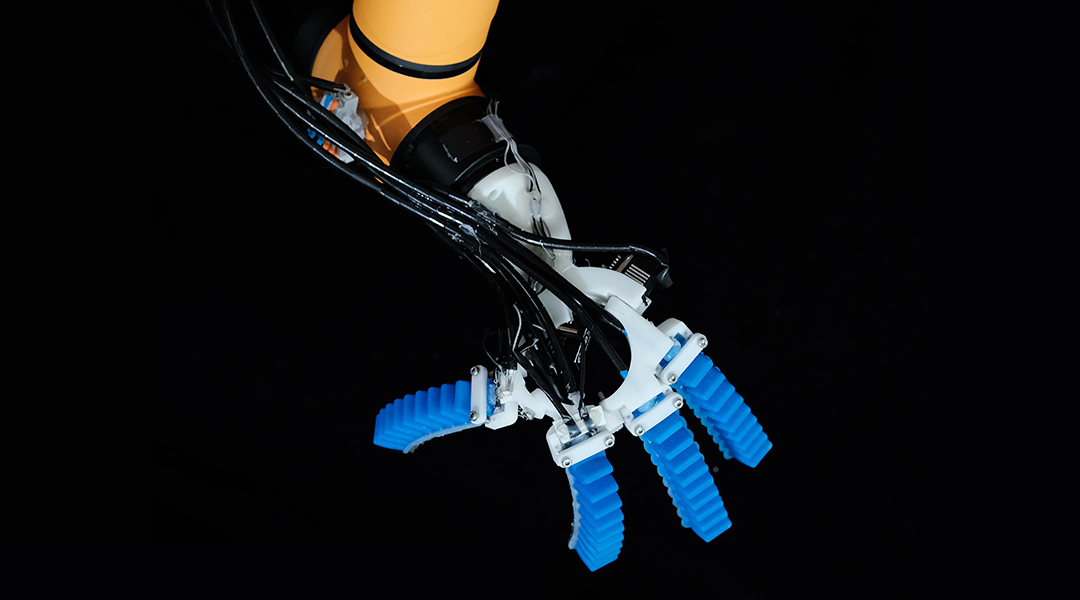
Groundbreaking soft sensors enable robots to both see and feel, paving the way for robots that can autonomously interact with and understand their environment.

It’s looking less and less likely that the Hubble tension is a result of observational errors.

Scientists investigate the synergy of entanglement and curved spacetime in advancing quantum radar technology for precise distance measurement.
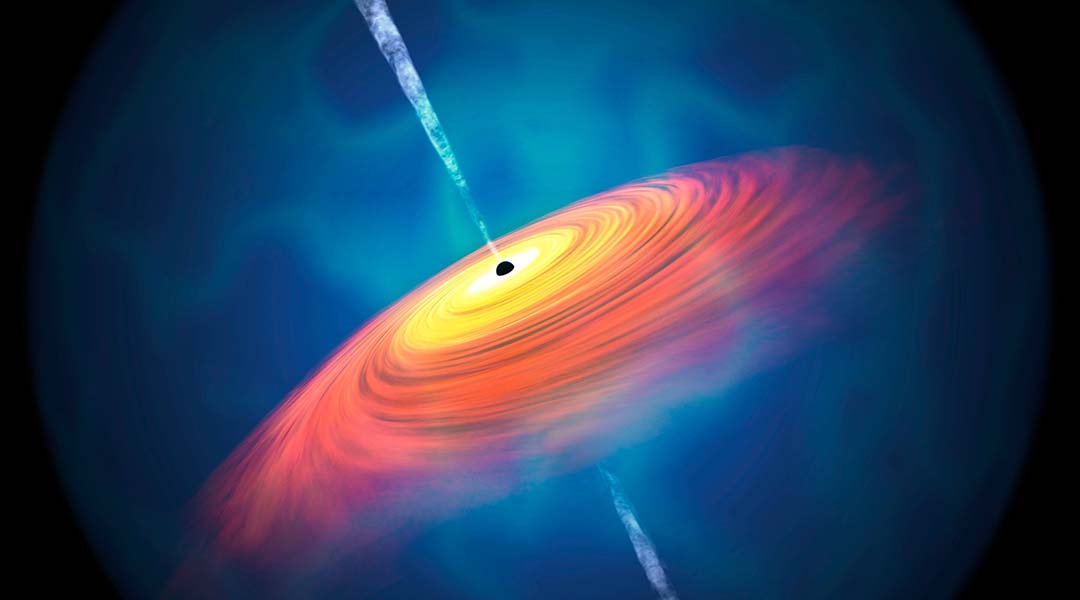
Scientists have only observed supermassive black holes one billion years after the Big Bang, but astrophysicists have now breached this barrier.

Enhanced experimental precision has the potential to either confirm or dispel uncertainties surrounding the Standard Model of Physics.

Previously unobserved frequency changes in radio signals detected in a black hole binary system could change our understanding of black hole physics.
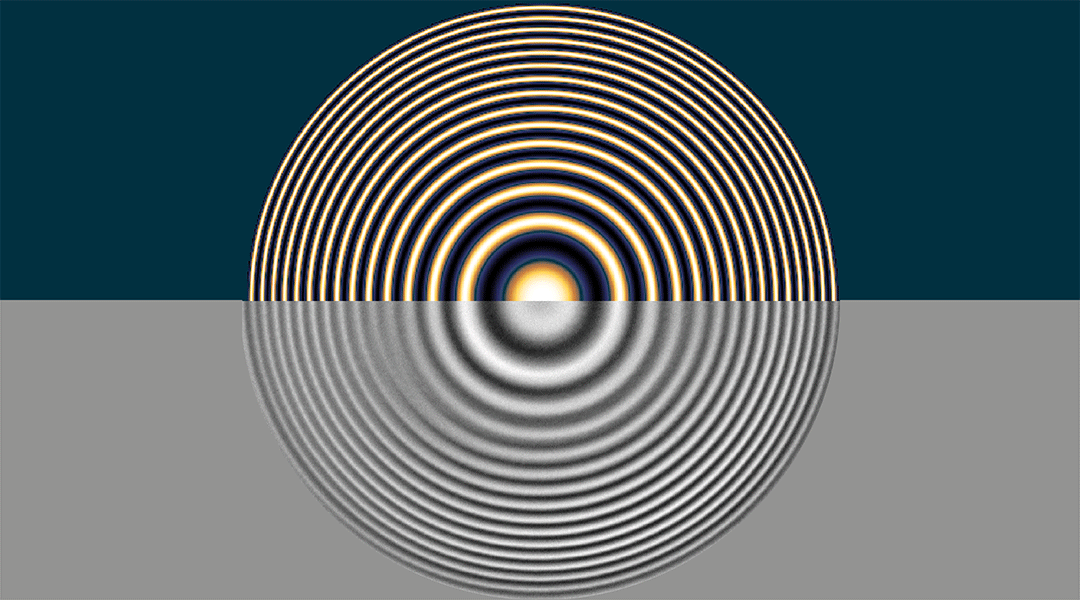
Tuneable micro-structured surfaces could overcome the limitations of current unchangeable components that result in “static” optical devices.